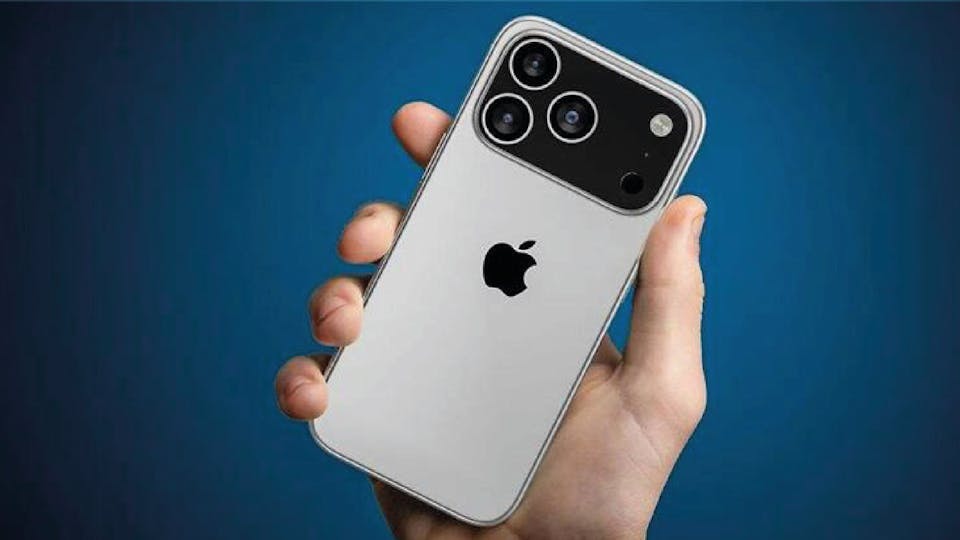
Surprise with the iPhone 17 Air: more power, but with key compromises
The new iPhone 17 Air has caused quite a stir after new details about its performance were leaked. What initially seemed to be a lighter and stripped-back version of the base model now looks set to become one of the most balanced and powerful models in the line-up. According to the latest information, this device will feature an A19 Pro chip with 12 GB of built-in memory—a significant leap compared to what was originally anticipated.
Until recently, rumours suggested that the iPhone 17 Air would share the basic A19 chip with the standard iPhone 17. However, it’s now been confirmed that it will integrate a variant of the A19 Pro, the same as found in the iPhone 17 Pro and Pro Max models. The only difference is that its GPU will have five cores instead of six, putting it slightly below in graphic performance, though in practice the average user won’t notice much difference.
This decision forms part of a common strategy by Apple. During the chip manufacturing process, some units may have minor defects affecting one of their graphic cores. Rather than discarding them, Apple deactivates that core and reuses the chips as slightly downgraded versions. It’s an efficient way to reduce waste and make the most of their production.
Thanks to this optimisation, the iPhone 17 Air will maintain overall performance very close to the Pro models, offering smooth experiences in games, demanding apps, and productivity tasks. This makes it a very attractive option for those seeking power without having to pay the highest prices in the range.
Battery limited by ultra-slim design
Not everything about this new proposal is positive. The ultra-slim design of the iPhone 17 Air, one of its main aesthetic draws, also comes at a significant cost in battery capacity.
With less physical space available, the battery capacity will be lower than that of the standard iPhone 17, which could have a direct impact on battery life. To compensate, Apple plans to launch a new case with built-in battery, similar to those available for previous models, and will also implement an intelligent power saving mode, exclusive to the new iOS 26.
While these solutions may help extend daily usage, actual battery life will still be one of the device’s main weak spots. For intensive users or those seeking long autonomy without extra accessories, this could be a significant limitation.

A single rear camera: functional but not versatile
Another aspect that sets it apart from the rest of the range is the photographic section. The iPhone 17 Air will feature a single rear lens, meaning it will not have an ultra-wide camera or a telephoto lens—features present even in previous models of the Pro line-up.
Although it’s expected to include the main 48-megapixel sensor manufactured by Sony, the same as the rest of the iPhone 17 series, its lack of photographic versatility will be evident. Options for capturing wider shots or performing optical zoom will be out of reach.
Apple has made significant improvements to its digital zoom, as demonstrated with the iPhone 16e, but it still falls short of matching the precision and quality offered by optical zoom. This puts the iPhone 17 Air at a disadvantage compared to its own internal competition as well as Android smartphones that do provide multiple lenses in similar ranges.
Who is the iPhone 17 Air for?
With this model, Apple appears to be targeting an audience that values design, lightness, and power but doesn’t require an advanced camera system or long-lasting battery. It’s a balance between aesthetics and performance that could appeal to those who prioritise daily user experience over professional-level versatility.
In short, the iPhone 17 Air is not an inferior version of the iPhone 17—it’s a strategic and different model, with obvious compromises but also a level of performance that puts it almost on par with the Pro models. A bold move that will certainly spark debate among Apple users.



